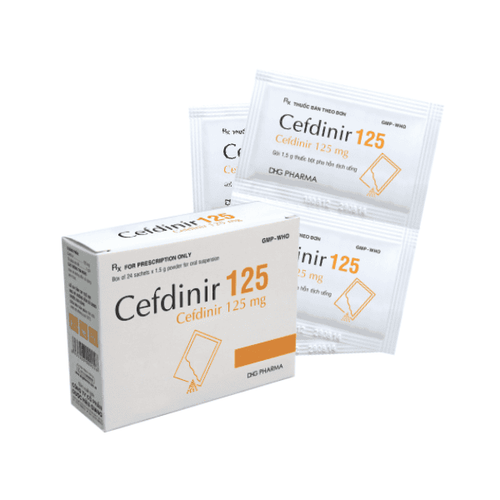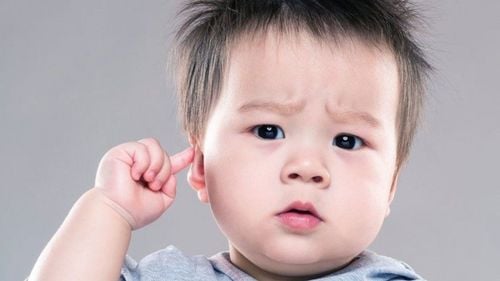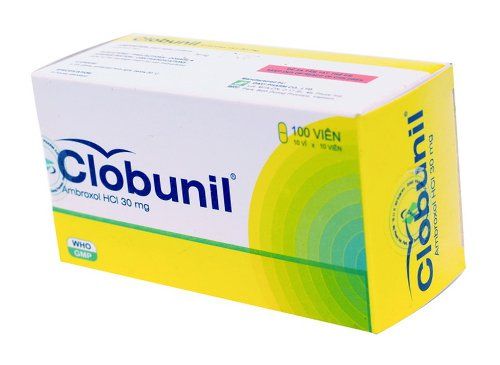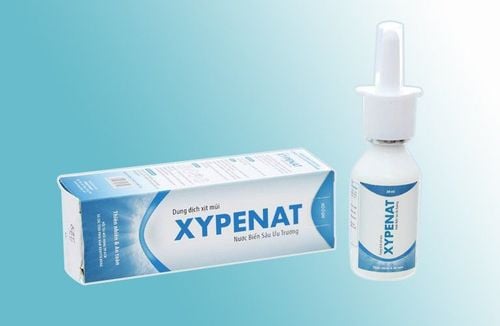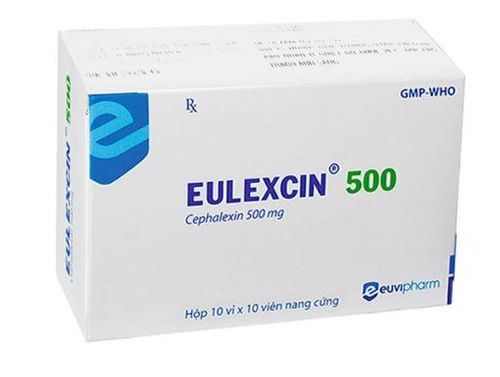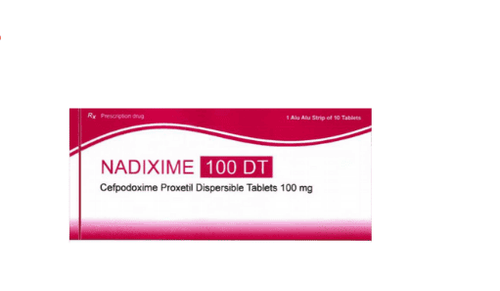This is an automatically translated article.
The article was professionally consulted by Specialist Doctor II Nguyen Van Thai - Department of Medical Examination & Internal Medicine - Vinmec Danang International General HospitalOtitis media is a common ENT disease in young children, especially children under 12 months of age, the disease usually presents as an acute illness that can be completely cured after an appropriate course of treatment, however, otitis media is also common. can become chronic and cause many serious complications, one of the common complications is purulent ear discharge, which, if not promptly treated, can cause hearing loss in children.
1. What is otitis media?
Otitis media is an infection in the middle ear, otitis media includes acute otitis media, serous otitis media, recurrent otitis media and chronic otitis media. Otitis media often occurs in young children, especially children under 12 months of age or immunocompromised children, the disease is common in winter. The disease is mainly caused by bacteria and viruses.2. Complications of otitis media
If otitis media is not properly treated, it can cause many dangerous complications such as: chronic otitis media with purulent drainage, perforated eardrum, mastoiditis, peripheral facial paralysis, hearing loss or hearing loss. intracranial complications (encephalitis, meningitis, meningeal abscess, brain abscess, cerebral venous occlusion..), cholesteatoma.3. Complications of purulent otitis media, when should surgery be performed?
3.1. Complications purulent otitis media
Complications of purulent otitis media are serious complications, often progress to chronic and difficult to treat. The disease can be caused by untreated or poorly treated acute purulent otitis media, especially in immunocompromised patients such as premature babies, children with weak health or serious diseases (tuberculosis, tuberculosis, etc.) diabetes...) or can also progress to chronic from the beginning when the infection is highly virulent, and the patient's resistance is weak.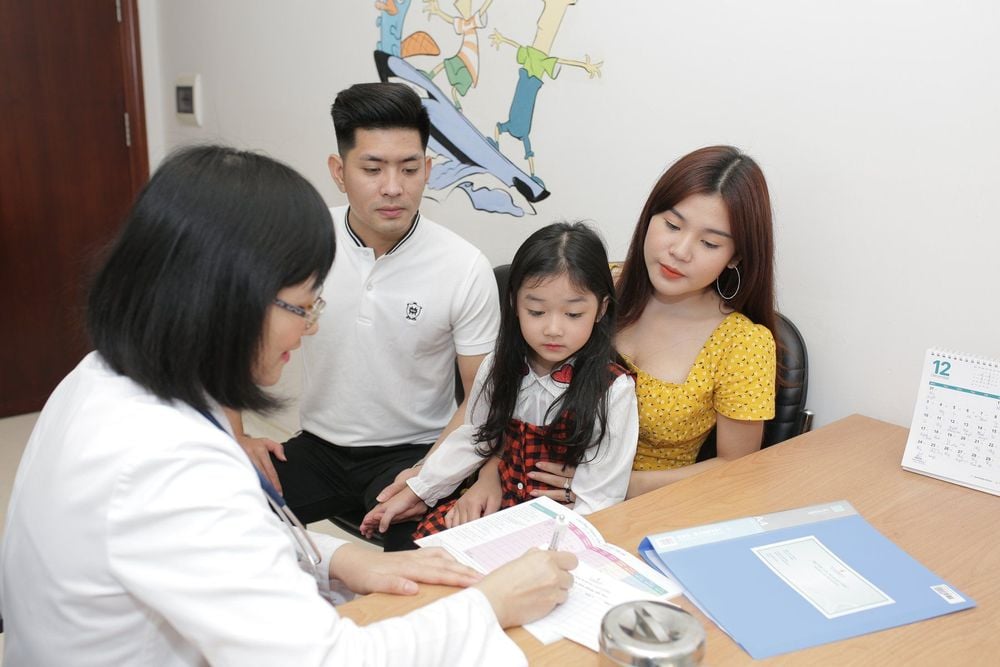
3.2. Treatment of complications of purulent otitis media when should surgery
Principles of treatment of otitis media in general and treatment of purulent complications in otitis media in particular are: Treat the infection well, do not leave fluid or pus in the middle ear cavity, avoid complications and solve the problem. complications early to ensure hearing and avoid life-threatening complications.Otitis media with purulent discharge can be treated conservatively and surgically.
Conservative treatment
Apply in case of otitis media with purulent discharge without mastoiditis, without cholesteatoma, without complications. Conservative treatment options include: antibiotic treatment, drainage to make sure the ear canal is clean, polyp removal of the ear canal if present, rinsing with saline or hydrogen peroxide, then ear drops.
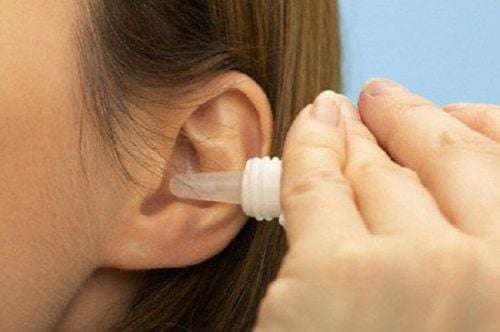
Indications for surgery when otitis media is accompanied by chronic mastoiditis, accompanied by cholesteatoma, or with complications such as perforated tympanic membrane, intracranial complications due to the ear.. or have recurrent inflammation for which conservative treatment is ineffective. In addition, now the indication for surgery is expanded in children, consider early surgery for otitis media with purulent discharge in children to avoid complications later, to preserve hearing. The surgical methods being applied today are:
Open atrial septal defect: in simple epiglottitis or persistent purulent otitis in children. atrium Partial mastoid hollowing or total mastoid hollowing: When mastoiditis, or cholesteatoma in mastoid. Orthopedic surgery of the middle ear consists of two parts: First, the inflammatory bone is removed, the cholesteatoma is removed by surgery of the epiglottis or mastoid hollow. are not. Ear mastoid surgery includes simple mastectomy, partial mastectomy, total mastoidectomy, mastoid surgery in some special clinical forms. The Pediatrics Department at Vinmec International General Hospital is the address to receive and examine the diseases that infants as well as young children....With modern equipment, sterile space, minimized to a minimum. effects as well as the risk of disease transmission. Along with that is the dedication from the doctors with professional experience with pediatric patients, making the examination no longer a concern of the parents.
Please dial HOTLINE for more information or register for an appointment HERE. Download MyVinmec app to make appointments faster and to manage your bookings easily.





